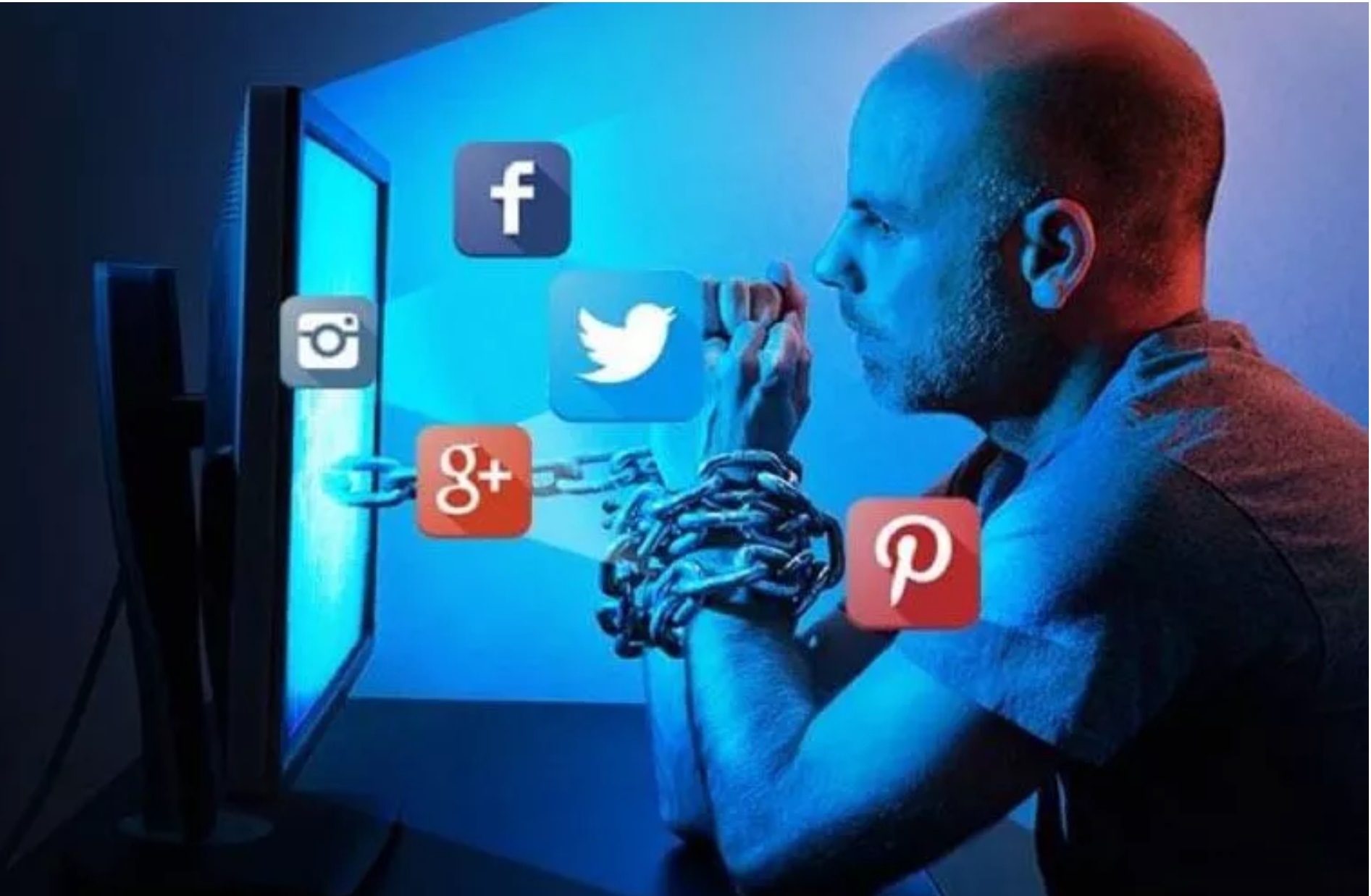The Trend of Trauma Dumping and Its Unseen Consequences
In the vast landscape of social media, a concerning trend has emerged that affects men across generations – the phenomenon of trauma dumping. From the young navigating the tumultuous waters of adolescence to seasoned individuals in their eighties, the allure of social media as a confessional has touched every age bracket. While the intention might be to seek solace or understanding, the consequences can be profound and, often, unintentionally harmful, shaping the digital experiences of men.
The Masculine Journey on Social Media
For men, societal expectations around stoicism and strength can make sharing vulnerabilities a daunting task. However, the digital age has ushered in a shift, with more men turning to social media to express their emotional struggles. Whether it’s the weight of expectations, relationship issues, or the complexities of aging, men across different life stages find themselves drawn to the virtual space, seeking connection and understanding.
Social Media Challenges Across Age Groups
- Adolescence (14-18):
- Identity Formation: Adolescence is a time of identity formation and self-discovery. Trauma dumping on social media during this phase can shape perceptions of self-worth and influence the understanding of relationships.
- Young Adults (19-30):
- Navigating Relationships: Relationship struggles and career uncertainties become focal points during young adulthood. Sharing these challenges on social media can provide temporary relief but may impact future connections and professional perceptions.
- Middle-Aged (31-60):
- Juggling Responsibilities: Balancing work, family, and personal growth is a delicate dance during middle age. Social media can become a platform for expressing the challenges of this juggling act but may inadvertently blur the line between personal and professional spheres.
- Seniors (61-80):
- Reflection and Legacy: In the later stages of life, men may grapple with the reflections on their legacy and the challenges of aging. Sharing these reflections on social media may provide an outlet, but it requires a delicate balance between authenticity and maintaining dignity.
The Unseen Consequences of Trauma Dumping
- Digital Voyeurism and Isolation:
- Constant exposure to others’ traumatic content may lead to digital voyeurism, potentially deepening feelings of isolation for those sharing their struggles.
- Generational Differences in Coping:
- The digital era has introduced new ways of coping, but the generational gap in understanding these mechanisms may lead to misunderstandings and strained relationships.
- Impact on Offline Connections:
- Oversharing on social media can inadvertently impact real-world connections, especially for older men who may not fully grasp the implications of a digital footprint.
- Normalization of Masculine Vulnerability:
- While encouraging vulnerability is positive, there’s a risk of normalizing oversharing to the extent that the gravity of personal experiences becomes diluted.
Navigating Social Media Mindfully
- Digital Support Networks:
- Encourage the creation of private and supportive online spaces where men can share their struggles without the fear of judgment.
- Emphasize Offline Support:
- Promote offline coping mechanisms, such as face-to-face conversations, therapy, or engaging in activities that bring joy and fulfillment.
- Foster Empathy and Understanding:
- Advocate for conversations that foster empathy and understanding, transcending generational and cultural differences in how men express vulnerability.
- Encourage Professional Help:
- Reinforce the importance of seeking professional help when needed, emphasizing that social media platforms are not substitutes for professional counseling.
Addressing trauma dumping on social media among men aged 14 to 80 requires a nuanced approach. Encouraging a balance between vulnerability and discretion, fostering offline connections, and promoting understanding across generations are crucial steps in navigating the complexities of the masculine journey in the digital age.
Just Don’t do it.
Trauma dumping on social media, while it might be driven by the genuine need for support, can have unintended consequences. Oversharing deeply personal and traumatic experiences in a public forum may lead to digital voyeurism, where individuals become passive consumers of others’ pain without the ability to offer meaningful support. Additionally, it risks blurring the boundaries between public and private life, potentially inviting unwanted intrusions. Constant exposure to heavy content may also contribute to emotional exhaustion among those attempting to provide support. Instead, fostering more intimate and private spaces for sharing, seeking professional help when needed, and practicing mindful self-disclosure can be more conducive to genuine connections and healing.





